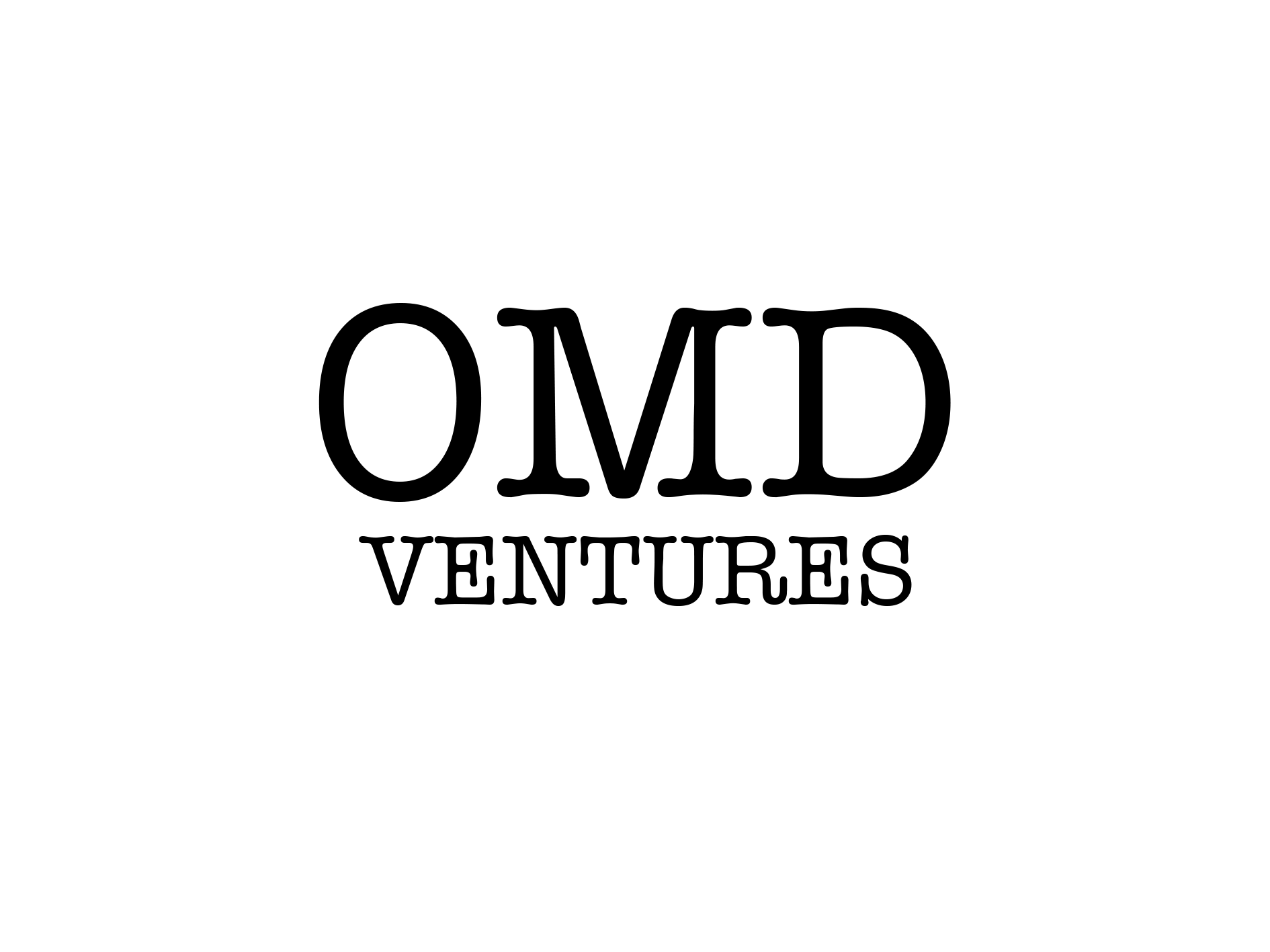Start with Dots as Anchors for Creativity
In school we used lined papers. Structured. Fitting to defined spaces. Every notebook was lined.
The way I come up with articles to write about is by scribbling in my notebook. Scribbling random ideas that would pop into my head after a shower, a walk or while training at the gym.
One day, I found the lines too restricting. I wanted to draw pictures, graphs and doddles to get my idea on the paper but the lines posed a mental blockade for me. So I decided to go out and buy a notebook that would allow me to have more flexibility. Dotted notebooks. Genius.
Ah but why not get a blank notebook instead then right? No lines and a blank canvas to doodle all over.
There is something intimidating about having too much freedom. A sense of feeling lost when you have too many options given to you. No guidance.
I eluded to in a past article that "constraints" are the key for innovation. To train and breed creativity.
The dotted notebook provides you with a reference point. It's not as restrictive as the lines so you can still think "outside the box" but not too free to lead to creative paralysis.
In Writing
As I write my weekly essays, I've felt the intimidation of the "blank page". Stupidly challenging me to write something worth talking about for 2000 words.
This was one of the many reasons why it took me three tries to operate a weekly blog.
Now, I add a constraint to the writing. I keep a folder called "Idea". Currently, there are 56 documents in that folder each ranging from just a single title, a title + quote or a paragraph denoting the theme I want to talk about. This becomes the inspiration board that I use to launchpad my creativity to write my essays.
There is always an anchor to prime a story.
In Career
My guiding principle for my career has been powerlifting. It's always been about, what in the business world incorporates the traits that make powerlifting addicting to me.
I started off from powerlifting and that's led to finance, which led me to investing. Through this I continued to explore further but I needed an anchor.
In Investing
I consider investing to be more art than science. Art requires creativity and that's a journey of its own.
As such, investing too starts with a constraint. The constraint is the investor you are. The strategy and principles that you have conviction in. This becomes the launchpad in your stock selection.
I have my own investing principles that I've developed and that becomes the start. It gives me the foundation to branch out from. Without any foundation there is nowhere to branch out to. Nothing solid.
This is why I end up looking for obscure HVAC or janitorial companies that no one has heard of instead of trying to time earnings calls for tech companies or predict oil price swings.
Choosing Constraints
Starting with a blank page is terrifying. But it is what most people are choosing to do when they are saying "I'll wait for a great opportunity to switch jobs or take on a new challenge or travel". What? You think an email will pop up in your inbox titled "great opportunity"?
You will never know something is a great opportunity.
“Great opportunities don’t have great opportunity written on them”
You'll never truly know what your next steps in life should be. But what's important is having a starting point.
You need two points to draw a line.
Pick the first point then seek to find the second point.
Like with picking a notebook, starting an essay, building a career or finding investments embracing a bit of constraint is a great enhancer of creativity.
It's a great enhancer of creativity because it will help you take the first step instead of sitting back and being defeated by the "blank page". Most of the times that's actually the big payoff for having some guiding constraints. Starting.
The common mindset is that constraints are restricting. It's never binary. It's more a spectrum of how much constraints you impose on yourself and how much reality imposes on that which you are trying to do.
Med school requiring 8 years of schooling is just a fact. Can't get around that. But some people don't know that some can be done in 7 years, and some can be done with an accounting degree. I'd know. I once vetted the option of becoming a psychiatrist.
Compared to that kind of constraint, choosing a single dot.... let's say something you love doing.... like watching youtube videos on makeup or interior design becomes the anchor.
You ask yourself why you like this, why you watch it, how it makes you feel etc... And who knows, maybe it leads you down the path of becoming a UX/UI Designer.
What’s important is thoughtfully choosing a constraint that works for you. Not being on the default setting, because the default was set by someone else.
